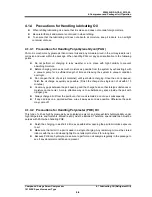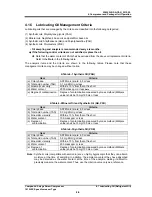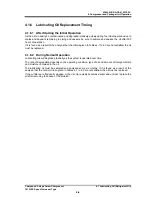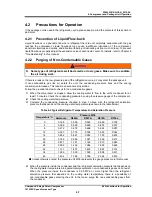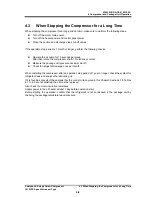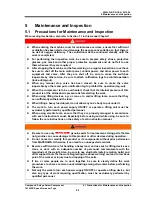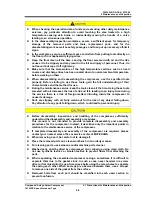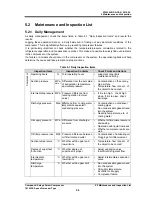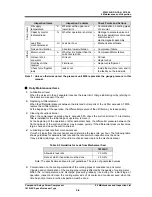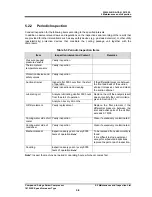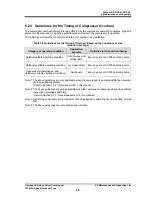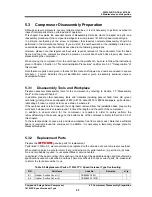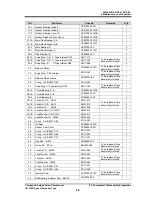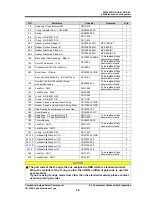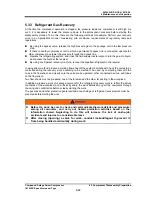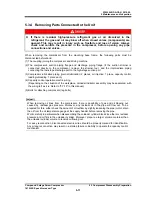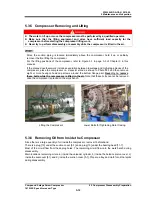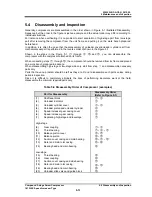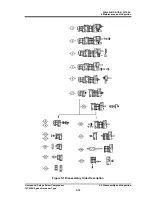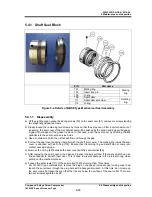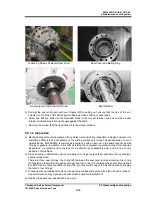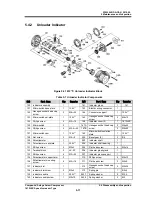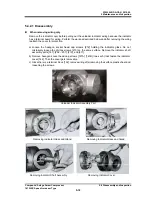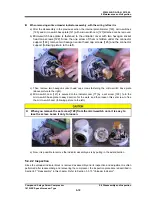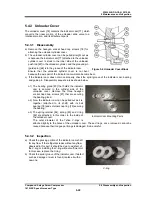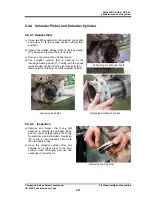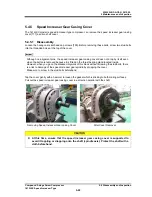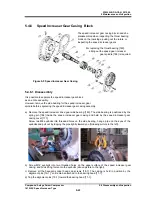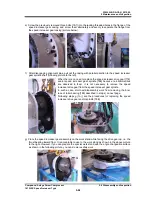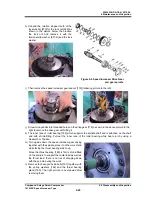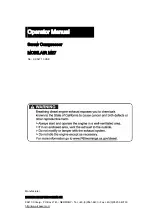
2202L5JE-DA-C5-N_2015.05.
5 Maintenance and Inspection
Compound 2-stage Screw Compressor
5.3 Compressor Disassembly Preparation
1612LSC Speed Increaser Type
5-10
5.3.3 Refrigerant Gas Recovery
At the time the compressor operation is stopped, the pressure inside the compressor is still high. As
such, it is necessary to lower the pressure down to the atmospheric pressure before starting the
disassembly process. To do this, there are the following methods for example. Perform your recovery
work in an appropriate manner considering site conditions, requirements of regulatory laws and
regulations.
By using the bypass valve, release the high pressure gas in the package unit to the low pressure
side.
If there is another compressor unit to which a permanent bypass line is connected, operate the
other compressor and lower the pressure through the bypass line.
Operate the refrigerating system, and close the fluid supply master valve to turn the gas into liquid,
and recover the liquid at the receiver.
By using a refrigerant recovery machine, recover the liquefied refrigerant in the receiver.
In using either method, prepare a working flow sheet of the system beforehand. Check the valves to be
controlled during the recovery work, according to the method to be used, by comparing them with the
ones in the flow sheet, and clearly note the valves to be operated, other connected devices, and tubes
on the flow sheet.
Two flow sheets must be prepared: one at the foreman and the other for posting in the workplace.
In addition, prepare a work procedure document for the refrigerant recovery work to reflect the actual
conditions of the workplace, and sufficiently share the work details among all the coworkers through
checking and confirmation before actually starting the work.
The gas mask and other protective gears required at each stage of refrigerant recovery work must be
prepared before starting the work.
Before the work, be sure to check and communicate the work details and procedure
among all coworkers, and carry out hazard prediction activities based on the
information shared. Neglecting to do this will increase the risk of on-the-job
accidents and injuries to a considerable level
.
After closing (opening) a valve for work, conduct lockout/tagout to prevent it
from being handled accidentally during work.

